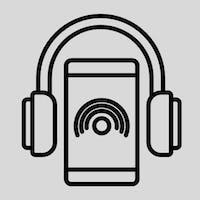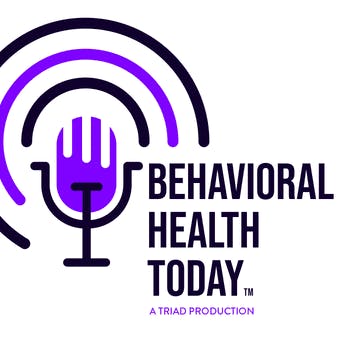Most shame-based messages are I am _____, and then we fill in the blank with whatever it may be. Most of our shame is unconscious. We have compensatory behaviors develop typically from an early age that set a course in our lives that everything we do is unconsciously driven by trying to avoid that feeling of I am (shame-based message) and to keep others from discovering this about us.
In this episode, Dr. Graham Taylor speaks with Ragan Schriver, PsyD, MSW. Ragan is an Associate Professor of Practice at the University of Tennessee College of Social Work as well as the Director of the MSSW Program, Knoxville Campus, and chair of the Forensic Social Work Certificate Program. He teaches clinical and leadership courses in the MSSW program. He also serves as the Special Assistant to the President of Catholic Charities USA. In this role he takes part in a team process to develop integrated health programs within the network. Together they discuss the experience of shame and how it can become a fundamental part of our lives. They discuss ways to find shame when working with clients and the challenges around shame. They discuss the idea of healthy shame can assist in understanding our limitations, but when we become overwhelmed with negativity, shame can limit our perspective. We discuss shame from a neurological perspective and some ways shame shows up in four general categories. Finally, we discuss how a therapeutic relationship can provide mirrors to question some of our shameful beliefs about ourselves and right side a sense of who you are. Brené Brown says, if you put shame in a petri dish and you add secrecy and silents and judgement, the thing is going to go crazy. But if have shame and add in empathy and invite others into this experience, then that will stunt the growth of shame.


